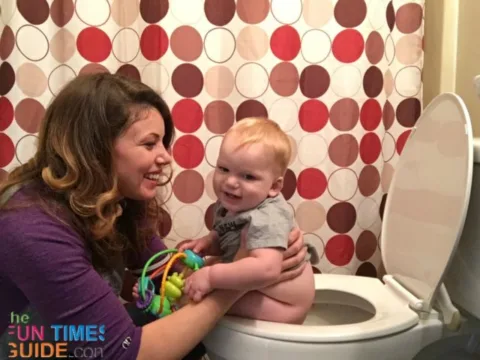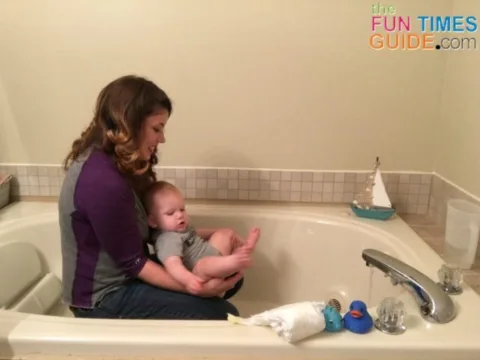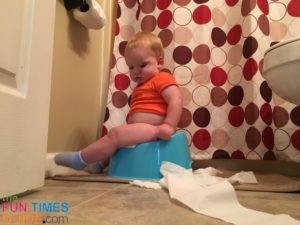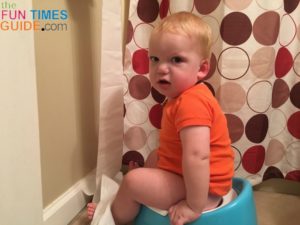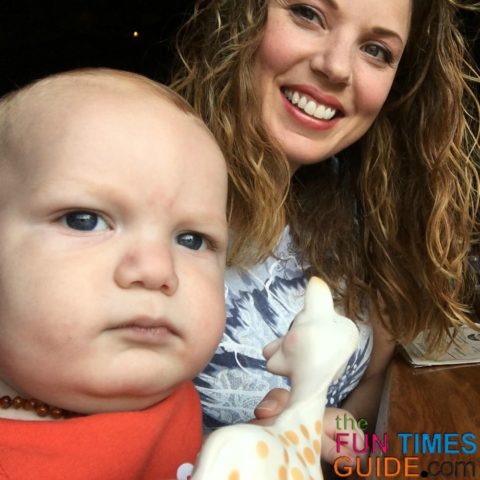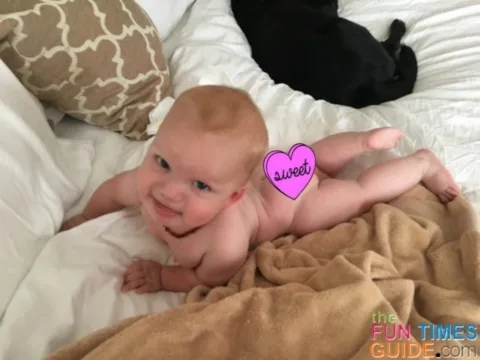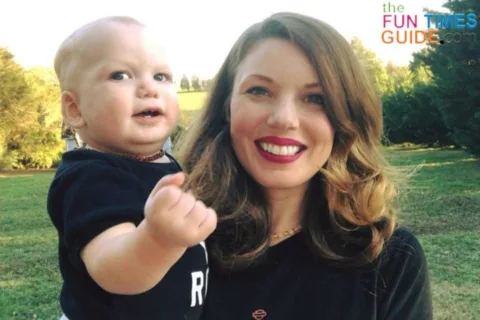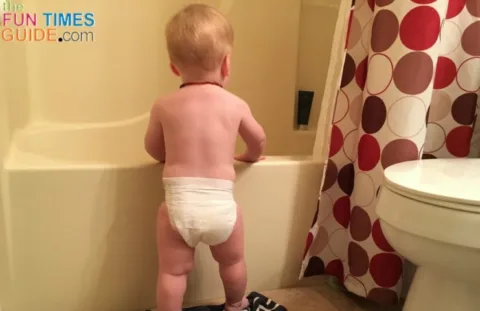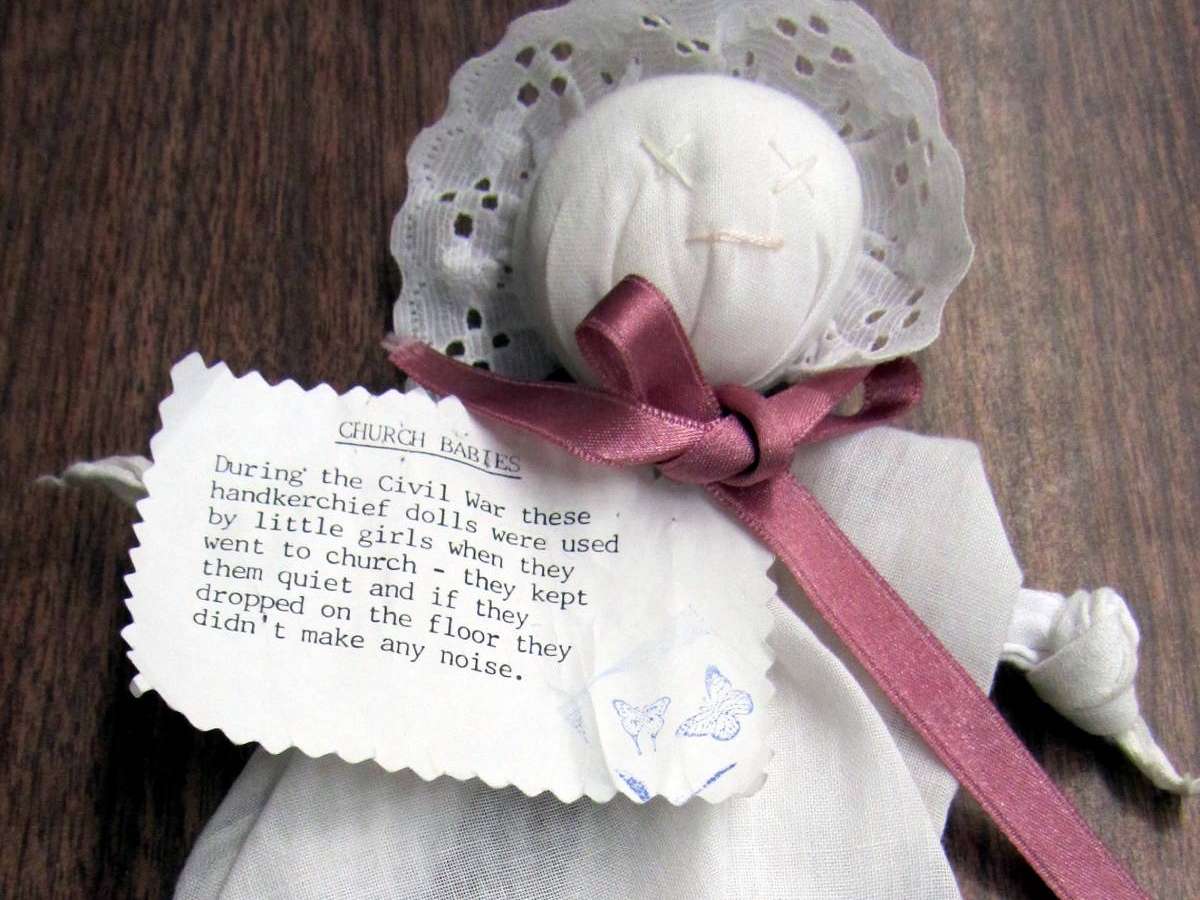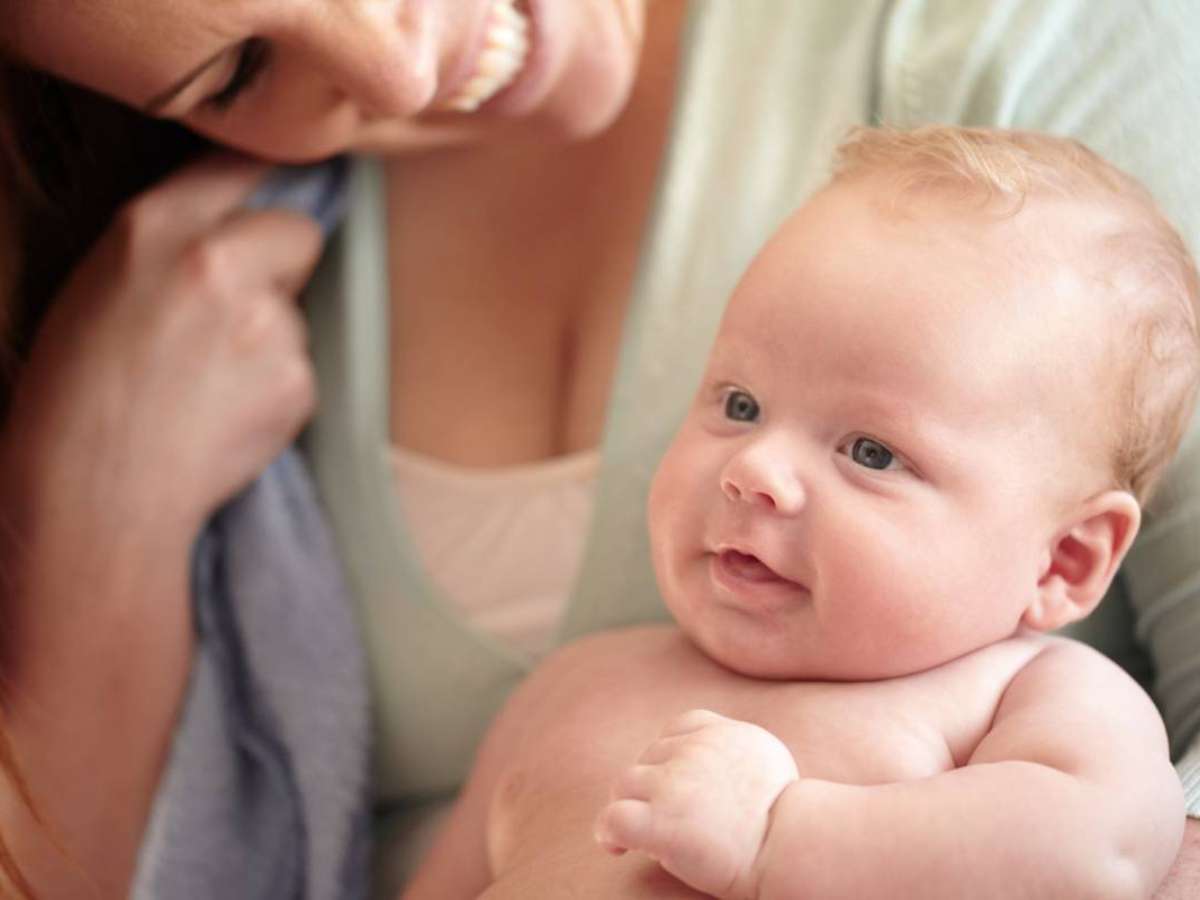I’ve been practicing Elimination Communication potty training (with a diaper backup) since my baby was 13 weeks of age.
In 1 month he will be a year old, and we are still committed to becoming diaper free as quickly as possible.
Elimination Communication (EC) definitely has its challenges — but the longterm benefits are my motivation to keep pushing through the difficult days.
Below, I’m going to share the following:
- How I’m encouraging my baby to go potty at specific times throughout the day
- What my baby’s potty signals are
- What my baby’s diaper-free times are like
- The benefits of EC and why I’m sticking with it
- The challenges of EC and how I’m working through them
You’ll get to see what a typical day in the life of our Elimination Communication practice looks like.
By the way, Andrea Olsen (author of GoDiaperfree) names the process of assisting of a baby to go potty “a pottytunity.”
My Baby’s First Pottytunity Of The Day
I give baby a chance to go potty as soon as he wakes up in the morning:
- Sometimes his diaper will be completely dry from the entire night (babies eventually learn to consolidate or “hold” their pee).
- Sometimes the diaper will be quite swollen (after having absorbed a lot of pee throughout the night).
I have read that most babies generally will not poop in their sleep — and I can’t remember the last time my baby has had a poopy diaper first thing in the morning.
We have not incorporated nighttime EC just yet.
What A Pottytunity Is Like
- I remove the unsoiled or soiled diaper. (We use Pampers Swaddlers — which have a wetness indicator strip.)
- Then, I squat — holding baby’s calves while resting his bottom in between my thighs. (Generally we do this in the tub or shower — because it’s way easier than trying to aim in the toilet with a baby boy!)
- I’ll give the potty cue with a “psss” sound, run the water, or use the ASL sign for potty — with your hand in a fist and the thumb peeking out between your index finger and middle finger, shake your fist side to side like this:
- Baby goes potty.
- I rinse the pee down the drain with either the handheld shower wand or a jug of water — depending which tub/shower we are using.
- I replace the unsoiled diaper or get a fresh one, if needed.
Sometimes we use the Baby Bjorn potty — but my baby goes through phases, and he occasionally won’t go potty when I sit him on it.
My baby will pee a lot when he first wakes up — sometimes every 10 to 15 minutes! I catch what I can (meaning I offer baby a pottytunity), but I certainly miss some because it can be so frequent, especially when combined with everything else that is going on in the morning.
As the day goes on, we get into our normal routine of breastfeeding, baby led weaning, pottytunities, diaper changes, and our other everyday activities.
My Baby’s Potty Signals
My baby’s signals (which can be discovered through diaper free observation) change frequently — especially when he’s going through a growth spurt or some developmental milestone.
Mostly, I’m watching for:
- Any change in energy
- Popping on and off the breast while nursing
- Becoming fussy or wriggly
- Trying to push away
These have been somewhat consistent in my observations for baby potty signals.
My baby’s signals include:
- Bubble blowing with his saliva
- Tugging on his ear
- Making a “deh” sound
- Mumbling that sounds like he has a mouth full of marbles
The list of baby potty signals continues to grow.
I mostly offer pottytunities at these times:
- Upon waking
- Before and after sitting in the bumbo seat
- Before and after sitting in a car seat
- Before and after playing in an exercise saucer
- Before and after nursing
- Before bed
My Baby’s Diaper Free Times
I offer diaper-free times while nursing baby and when I know for sure he just went potty. (I always place a towel between his legs just in case.)
The diaper-free time is a chance to let his skin breathe and give him a break from wearing the diaper.
Diaper-free times are also useful when doing an EC reset and trying to determine what signals the baby offers before eliminating.
I’ve always done my diaper free observation in a dry tub (because it’s easier to contain and clean any mess).
But using a diaper with a wetness indicator is also a great way to observe — if the thought of baby being diaper-free sounds intimidating.
Why I Decided To Try Elimination Communication – The Benefits
Here are some of my main objectives when I started this EC practice — the benefits of Elimination Communication potty training:
- I wanted to go diaper-free as quickly as possible — reducing diaper costs and our overall landfill imprint.
- I wanted to have a deep connection with my baby. EC has been a great way to build communication and trust from an early start.
- I like that my baby gets to be cleaner and drier, not having to sit in his own waste. My baby rarely experiences diaper rash because we are so mindful of his diaper state.
- We are building the baby’s self esteem by having his cry or cue responded to. He will understand that his communication has value during this impressionable stage.
- By practicing Elimination Communication, I’m tackling potty training earlier… rather than later.
Some Personal Challenges With Elimination Communication
Every EC parent will say that there are challenges — and I have no problem admitting and acknowledging our own set of obstacles and frustrations.
Here are the challenges we have experienced so far:
- EC is not cookie cutter. Every baby is different and will grasp the concept in their own time. There is no crystal ball predicting when we will be completely diaper free. Basically, I have to trust my baby will just one day get it — with enough repetition.
- My baby’s potty signals change quite regularly — especially if there is another growth spurt about to happen. Just when I think I have his potty signals figured out, they end up changing or he stops signaling all together. It can be frustrating because it usually requires a break from EC and then restarting with a new diaper free observation period to figure out the new signals.
- My baby will always signal he wants to go potty in a new environment — which I love, because it validates the fact that the Elimination Communication practice is working! But then there are days when I feel I need to throw in the towel on EC — especially when we’re at home. When we are home or have arrived home from being somewhere else, he can be very irregular at giving me signals. Sometimes they are non-existent. I chalk this up to us both being comfortable and easily distracted in our normal environment. Mostly, I rely on my intuition and natural timing because my baby and I have been practicing Elimination Communication for several months.
- I have been struggling to figure out his signals for the poos — mostly because my baby is a ninja pooper and generally offers no signals until it’s too late. I’ve also noticed he likes to poop in private and almost seems to hold it until his first chance to be alone. Sometimes it will be obvious when he starts grunting and I can sit him on the toilet and hold him there until he is finished. This is the best case scenario because cleanup is much easier with the wipe of a bottom and flush of a toilet. I still miss a lot of poos — but trying to figure out those poo signals is definitely on my radar.
- Sometimes I mis-guess the potty signal and offer a pottytunity and he doesn’t go potty because he didn’t need to. So I end up putting the unsoiled diaper back on him and adding an unnecessary diaper change to my already full day. Elimination Communication can definitely take up more time than just changing diapers as needed.
- Offering pottytunities while we are out & about requires some strategic planning. We will use public restrooms — but it’s definitely harder to aim for a baby boy. Mostly we find a spot to “water the flowers” near some bushes. I keep a patio cushion in the car — it makes a great baby changing area practically anywhere!
The Bottom Line…
Elimination Communication is not for everyone. It requires immense patience, commitment, and dedication! There are even days when I am not so diligent or consistent — due to my own personal distraction or frustration.
Because I have the privilege of being a work from home mom, EC is the right choice for our family. I really don’t differentiate my baby’s need to eliminate or be clean/dry from any of his other basic needs. I’m just trying to establish the communication sooner.
The little victories and the days when Elimination Communication is just clicking for both of us keeps me wanting to continue practicing. I have had days when my baby only soiled 2 diapers the entire day because we were able to catch almost every pee/poo. And then there are the days when we miss almost every time.
I have a goal to be diaper free by 18 months. But of course we will see how our EC journey unfolds as my baby starts to develop his own effective communication with us!
This is the EC program we are following: Elimination Communication: Potty Your Baby From Birth With Go Diaper Free

